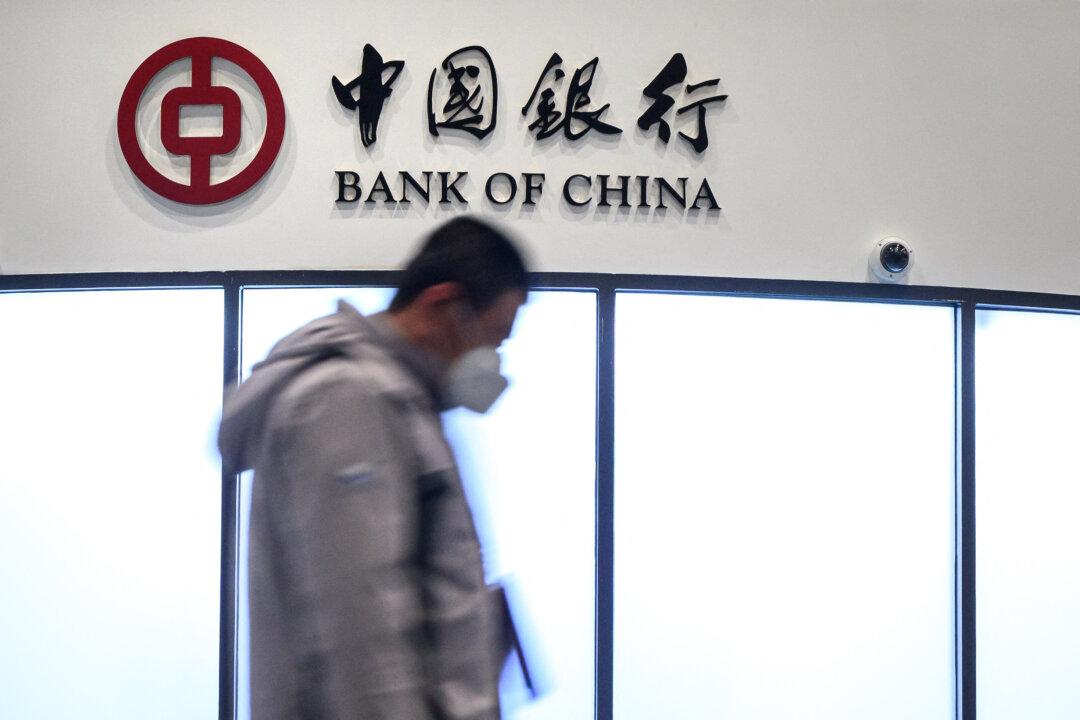Commentary
Average new car prices have hit record highs.
U.S. auto prices had been increasing for years before COVID-19. But heading into this year, there was hope that with higher inventories on the horizon and computer chip supply-chain issues behind us, prices would ease.
If only that were the case. For consumers already struggling with high inflation, the hits keep coming.
All data points suggest that car prices are at a record high and might even rise higher. Kelley Blue Book—the auto industry benchmark—stated that January new car prices rose 5.9 percent since a year ago, to $49,388. To repeat: The average new car price in America is now about $50,000. The Cox Automotive/Moody’s survey reports that the average car payment as of December 2022 was a record-high $777 per month.
The used car market is also red hot. For the first 15 days of February, used car prices increased 4.1 percent from January, according to Cox Automotive’s Manheim used vehicle pricing index. The index tracks average prices dealerships pay at wholesale auctions.
The used car index has been going up since last November, after just a few months of reprieve in mid-2022.
Both are key components of the Consumer Price Index (CPI), the widely used measure of inflation. Used and new car prices together make up an 8.1 percent weighting in the CPI, given the importance of driving in this country. And there doesn’t appear to be any relief on the horizon.
Let’s start with the used car market. Deals are nowhere to be found, with prices today almost 50 percent higher than pre-pandemic. And it’s partially caused by the pandemic.
The three-year-old model is a popular used car purchase. Three years ago, at the onset of COVID-19, new car sales dropped more than 15 percent. That means that today, there are fewer of those three-year-old models on sale as pre-owned vehicles. And lower volume of new car sales caused by microchip shortages and supply chain issues means used car inventories will remain tight over the next few years.
Who are the winners of this phenomenon? Dealerships.
Autonation, the country’s biggest auto dealership chain, reported blowout fourth-quarter earnings results, beating analyst expectations on both revenues and bottom line. That propelled its share price to all-time highs on Feb. 17.
Of course, Autonation’s fortunes were driven by high consumer demand for cars and low inventories. This means fewer promotions and higher prices. Because of the unaffordability of new cars, Autonation focused on selling used vehicles, a product segment that has higher margins for dealers.
CEO Mike Manley, on the company earnings call with Wall Street analysis, called the current state of the industry “an exciting time.”
The market has even rewarded struggling online used car dealer Carvana. The company, whose financial condition and solvency has been scrutinized, has seen its share price rise more than 145 percent since Jan. 1.
What about new cars? Used car supply can’t be increased, but manufacturers can build more new cars to ease pricing, right? Theoretically, yes, but automakers haven’t been making more cars in the past few years.
New car prices are skyrocketing, and margins are high. There are few incentives for automakers to change course. Automakers have recently discovered that they don’t need to build more cars; they can instead sell add-ons and software subscriptions—such as assisted driving capabilities—to garner recurring revenues.
One dealership contact, who wishes to remain anonymous, said: “The chip shortage is not completely over. But they are choosing to put available chips into top-of-the-line loaded [or higher-priced] vehicles. There is barely any base [or cheaper] models sitting on dealer lots.”
And many automakers don’t plan to change course. General Motors Chief Financial Officer Paul Jacobson told analysts in January that the company is targeting production to amount to “50 to 60 days of total dealer inventory” by the end of the year. This means supplying dealerships with a number of cars that can be sold in a 50- to 60-day timeframe. That figure is about 20 to 30 days lower than before the pandemic.
In other words, automakers are actively looking to keep inventory low. Lower inventory means higher sale prices. And with interest rates so high, consumers are faced with monthly payments that are higher than ever.





